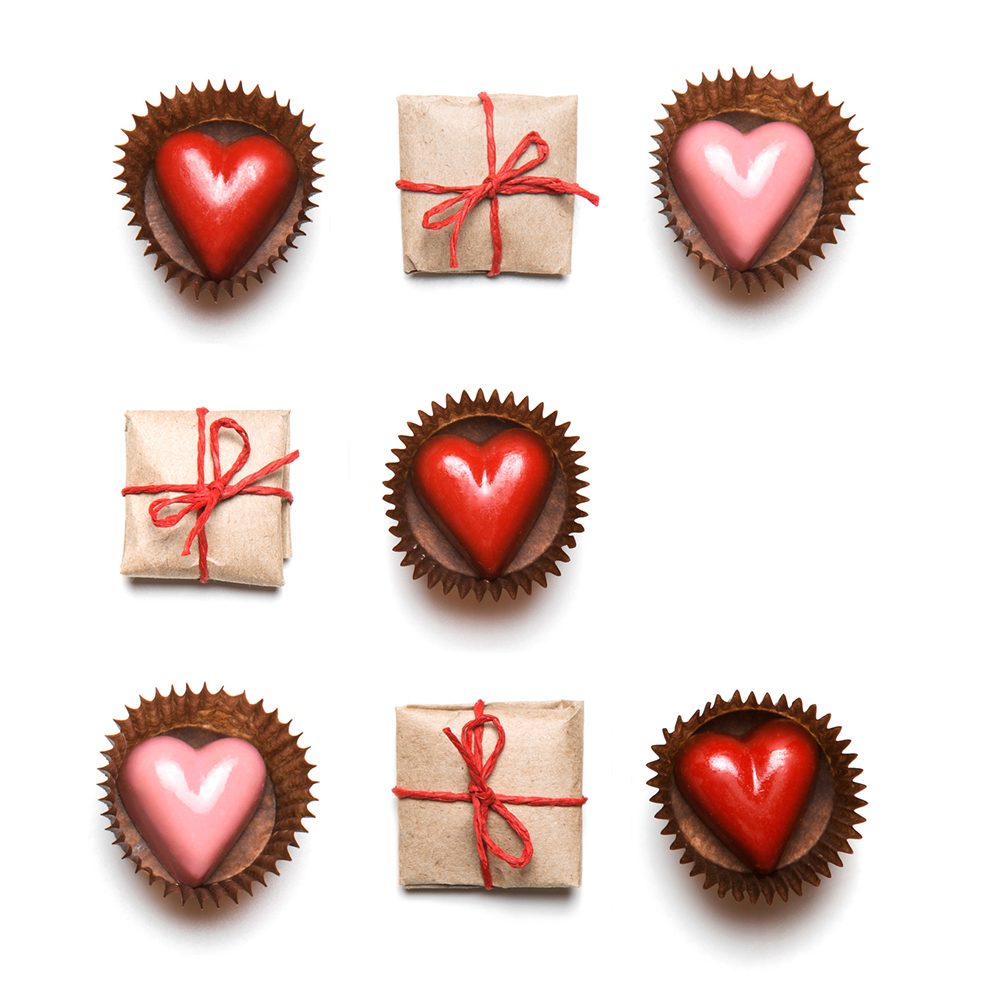For about 80 years, the world recognized three main types of chocolate: milk chocolate, dark chocolate and white chocolate. These three chocolates were, for most people, an irrevocable, unquestioned fact of life right alongside the seven colors of the rainbow or the five human senses.
This all changed in September 2017, when the Swiss cocoa company Barry Callebaut officially announced a fourth type of chocolate: ruby chocolate. While only a little over a year old now, ruby chocolate’s rise to prominence is all but inevitable. Austin culinary students would do well to familiarize themselves with this nascent phenomenon sooner rather than later.
What is ruby chocolate?
Ruby chocolate looks very much like what happens when you dye white chocolate so that it has a deep, rich pink color. However, the coloring here is entirely natural. The pink hue that gives this new type of chocolate its name is derived from ruby cocoa beans sourced in Ivory Coast, Ecuador and Brazil, according to The Chocolate Journalist.
Ruby cocoa beans are not exactly a new discovery. However, Zurich-based Barry Callebaut, one of the world’s largest cocoa producers and grinders, claimed it found a way to process ruby cocoa beans after years of research.
“The Ruby bean is unique because the fresh berry-fruitiness and color precursors are naturally present,” the chocolate producer wrote in its initial press release. “The bean has a specific set of attributes, which Barry Callebaut managed to unlock through an innovative process that took many years to develop.”
Not much is known about how Barry Callebaut processed the chocolate just yet. But what we do know is that the end result is a distinctly smooth, berry-like flavor that is at once sour and sweet.

Ruby chocolate is taking the pastry world by storm.
Cooking with ruby chocolate: Flash in a pan or new tradition?
Several chocolate companies have already begun selling ruby chocolate bars, including London’s Fortnum and Mason and, more prominently, Nestle. Japanese patissier Yasumasa Takagi created a new KitKat bar for Nestle called the “Chocolatory Sublime Ruby Kit-Kat” in early 2018 for release in Korea and Japan. The new KitKat variant eventually made its way to the U.K. though, at which time The Independent sampled it, and described its flavor as “fairly similar to the white chocolate variation, with its berry undertones giving it a sweet kick.”
For chefs and culinary enthusiasts at large, ruby chocolate provides what essentially amounts to a brand new ingredient. Aesthetically, the distinct pink hue of the new chocolate provides plenty of excitement. A dye-free chocolate that can be used at baby showers, during Valentine’s Day and on other special occasions is welcome addition to the chef’s palette – but also the customers’ palate.
Ruby chocolate’s most charismatic feature is its hearty, very natural and understated pink color, but once you look past the surface, you find a smooth, sour but sweet flavor profile that is sure to complement a wide variety of desserts, pastries and other confections. This is perhaps where ruby chocolate will have its greatest long-term impact. At the moment, the new type of chocolate is so revolutionary that people far and wide are champing at the bit for a taste. But once the newness wears off, culinary enthusiasts will still be tinkering with the newfound ingredient. Everything from all-natural cake pops to decadent truffles, new cupcake recipes, berry-mousse creations, berry-chocolate frostings and more enter the equation.
For now, ruby chocolate is an exotic novelty. Give it six months to a year, though, and it will be a bonafide culinary staple right alongside its counterparts, white, milk and dark chocolate.




